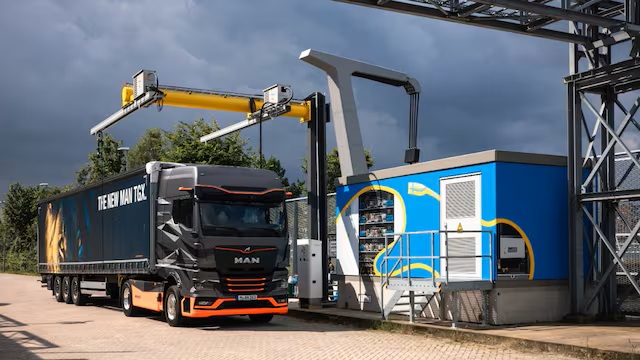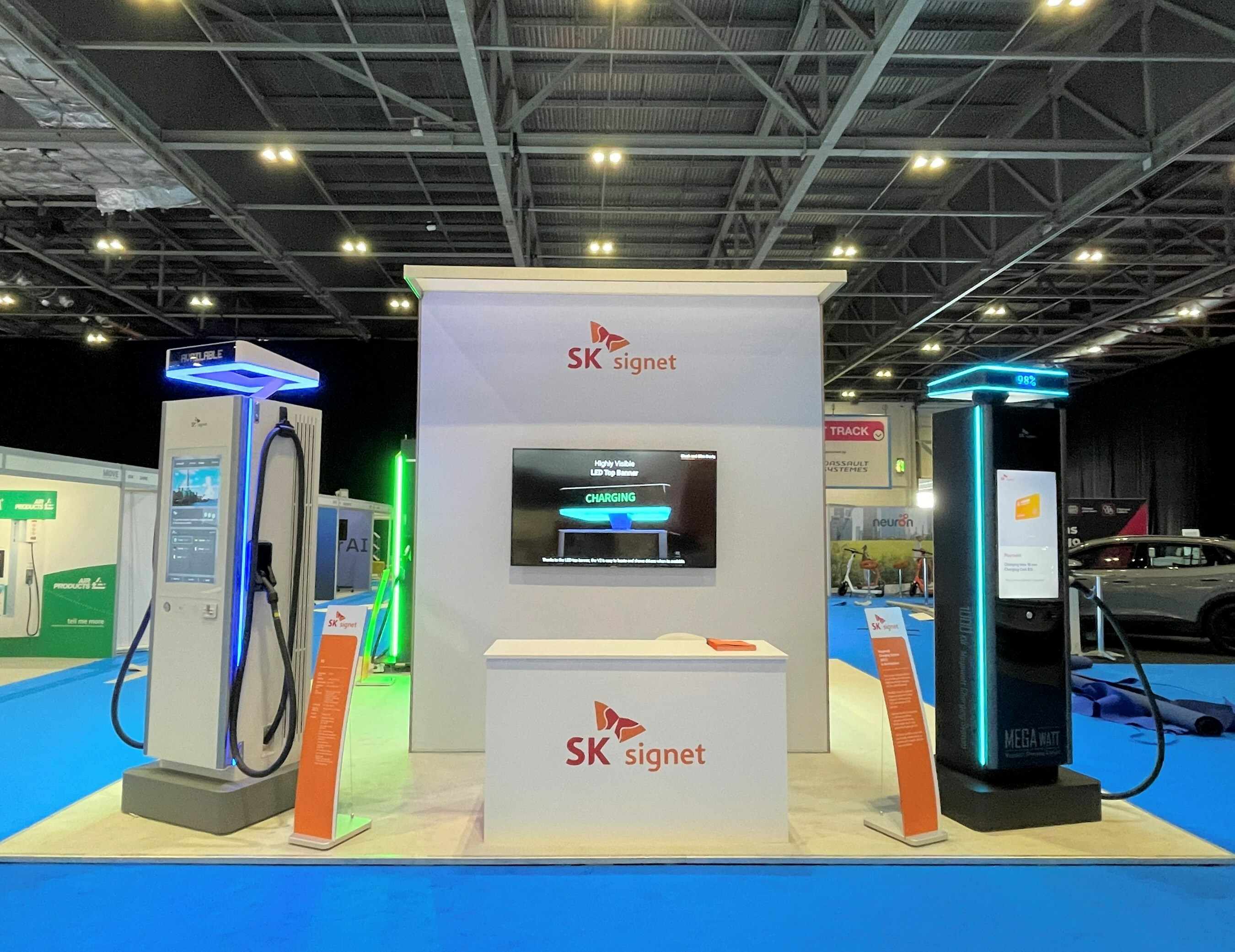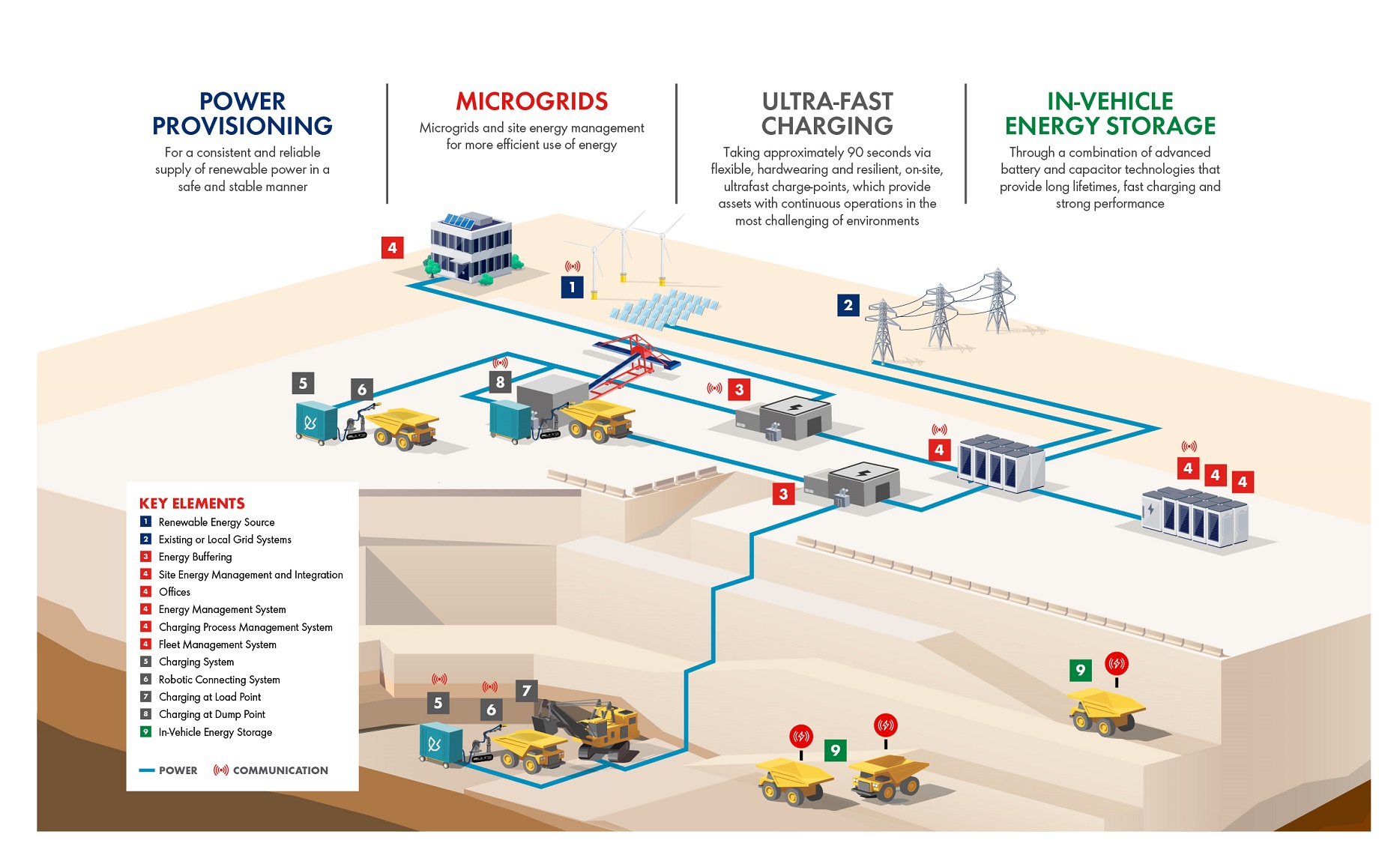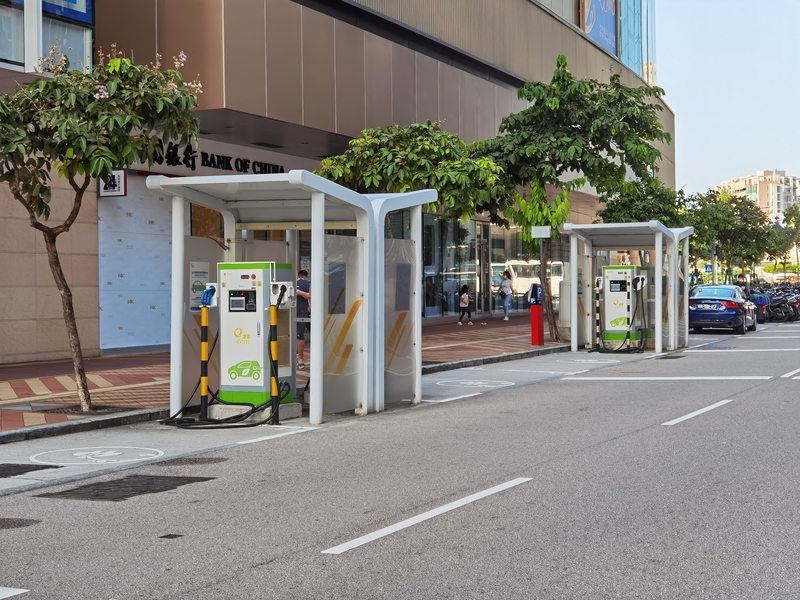
The capacity of the megawatt charger corresponds to about three 350 kW, regular fast chargers that trucks can currently use to charge.
“We want to help decarbonise our customers in the logistics sector,” says Hilmar van den Dool, general manager eMobility at Shell. “In addition to our investments in biofuels and LNG, we also invest in electric mobility. There are not that many electric trucks and vessels yet, so with this we’re investing ahead of the market that is growing quickly.”
The megawatt charger is connected to ETCA’s own microgrid. This smart grid enables integration between energy supply, energy storage, and energy demand. The ETCA microgrid includes 3,600 rooftop solar panels, stationary battery storage, 119 EV chargers for cars, a hydrogen electrolyser and other research equipment.
The Megawatt Charging System (MCS) is equipped with two separate charging arms. One rotatable arm is dedicated to electric vessels while the other arm serves heavy-duty electric trucks and buses. With this innovation Shell wishes to contribute to a universal standard so customers do not have to use different cables or connectors. By featuring a second adapter (CCS2) on each charging arm, the megawatt charger at the ETCA can accommodate a wide range of vessels, vehicles and battery types for fast and flexible charging. Even though the megawatt charger is a demonstration set-up, it is ready for use, and vehicles and vessels with megawatt charging capability can now visit by appointment.
“We believe this solution will be helpful for shipping companies that control and operate logistics businesses across the supply chain, and often have facilities that serve both waterside and landside,” says Melissa Williams, president at Shell Marine. “The megawatt charger also offers the flexibility to charge a wide range of inland and port vessels such as barges, tugboats, service vessels and ferries.”











